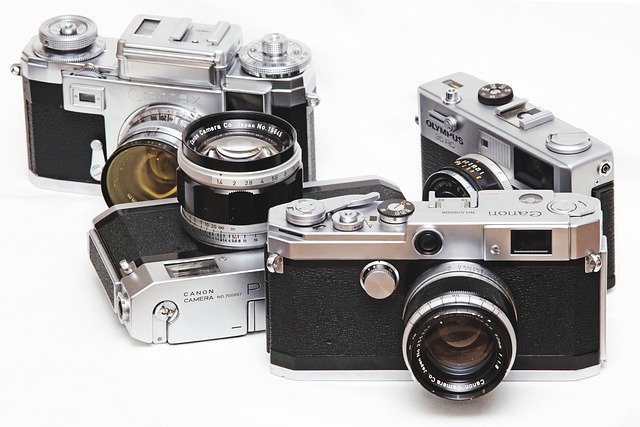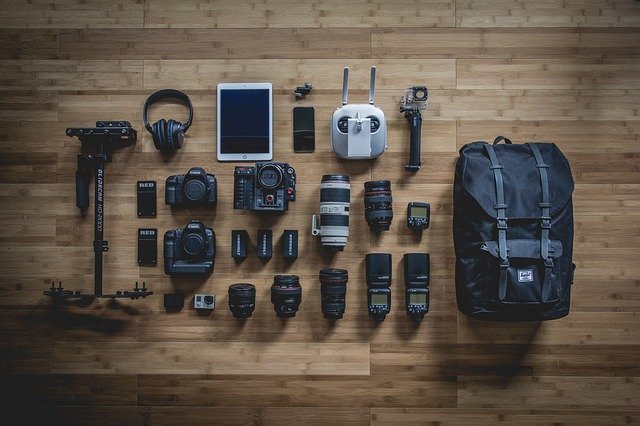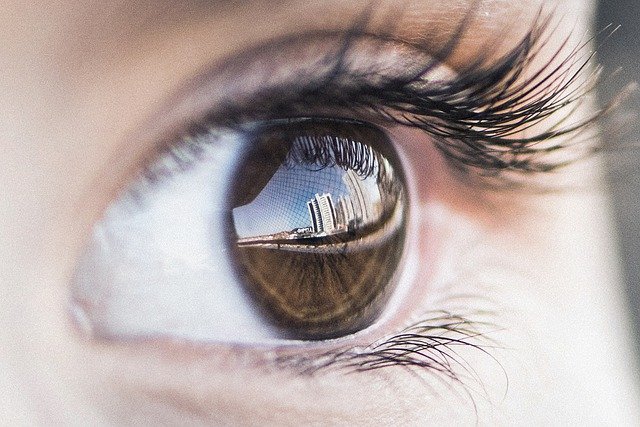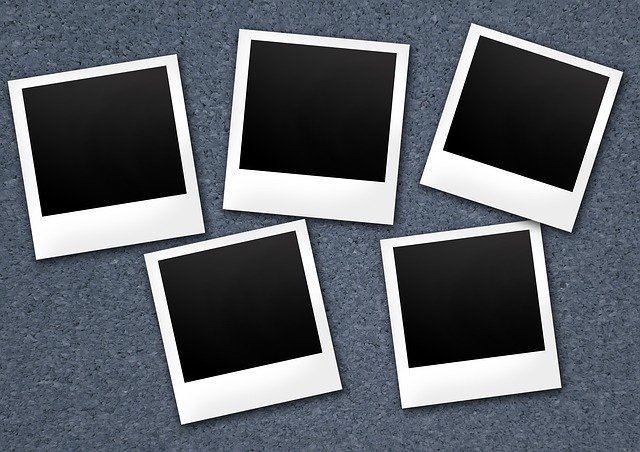If you are uneducated about photography, you'll never be known as a good photographer. You will learn some great tips and techniques to improve your photography skills in this article.
If you want top of the line photos, you should invest in a top of the line camera. A DSLR is a great choice of camera if you want to take top-quality photos. High quality photographers are using this so you must as well to keep up with this standard in the industry.
Field depth is a critical feature when shooting landscapes. Create a good sense of scale with the use of a recognized object in your foreground. To gain sharper images, adjust your aperture to a smaller setting; try f/16 for full-frame single lens reflex cameras and f/8 for the more standard digital ones.
A major part in photography composition would be the framing. Eliminate objects that take away from your subject matter by zooming in on the main focal point. This prevents clutter in your pictures, and multiple unwanted, unsightly focal points.
When packing for a trip, be sure to carefully pack your equipment. To pack thoughtfully, make sure to bring along enough lenses, spare batteries, and accessories you need to clean your camera. Try to pack as lightly as possible, without forgetting any of the essentials, so that your bag remains easy to manage during travel.
Raw Images
Perhaps the best way to get high quality photos is to take a lot of pictures, so it's important that your camera has a big memory card. With more storage on a memory card, having room for photos does not have to be a worry. The additional information your camera can hold is also useful for photographers who choose to shoot RAW images. RAW images are those that have the most detailed information about a photograph that a camera can take in before the images are produced in a different format. The information provides the photographer with additional choices during post-production regarding various aspects of an image.
Write down a few notes when you take pictures. If you take countless photos, it may be hard to recall why or where you took them. To remedy this, take a small notebook and write down every pictures with a description.
When shooting a picture, judge the surroundings and choose the right aperture, shutter speed and ISO. All of these features will work to determine the exposure for your picture. Unless you are seeking a certain mood, try not to take under- or over-exposed photos. See what kind of combinations you can come up with by switching up these three features.
In almost every life situation, it is ingrained in us to keep things centered and even. We have been taught all of our lives to always strive towards perfection, but when you are shooting photographs of a more off-beat, artistic nature, do not focus directly on your subject. Auto-focus features center in, and lock on the subject automatically that is in the camera's view. Adjust your auto-focus settings in your camera before taking your photograph, to ensure that your picture will be focused on what you intend it to be.
Contrary to popular belief, it is not a good idea to wear white for a photo. Cameras whose automatic features are enabled will often scan all of the shades and tones that appear in the photo. Because of this, white clothing will seem pale within the photos.
Make sure you read the manual that came with your camera. Manuals are usually thick and heavy. Often, they are thrown into a drawer or discarded and are never to be seen again. Rather than disposing of it, take some time and read it. You can take better photographs because of the mistakes you'll avoid by reading your manual.
Watch for any patterns, natural or artificial, you may see when you're shooting your subject. Patterns, especially repeating patterns, make for something interesting to look at in a photograph. Try using patterns for unique angles or backgrounds on a subject matter.
Photo Editing
Do all of your photo editing alone. These days there are many beginner-friendly photo editing programs. Look for a program with an unlimited number of methods to edit your existing photos. And make sure it is simple to learn to use.
Use a tripod for great landscape shots. Tripods provide a steady base and are handy for taking any kind of landscape shot. It will prevent your camera from shaking as you adjust settings during the shot. This steady base can improve any shot taken with the use of a tripod.
You don't always have to take pictures horizontally. Some very striking photos have been shot vertically. Zoom in if you need to get the full effect, or zoom out so that you can get a full body shot of a human.
Digital Zoom
Be wary of digital zoom, as opposed to optical zoom, when you are taking a particularly close shot. Your camera will let you zoom in on the subject; however, you'll experience poorer quality when the zoom is switched from optical to digital zoom. Image quality is decreased in digital mode because it adds interpolated pixels to the generated image. There is probably a way to turn off this feature. Check your camera's manual.
Consider the purpose of your pictures before you take them. Some shots look better vertically, and some look better from a horizontal angle. After the picture is taken, you can always edit it on your computer. You can crop your picture or change the colors and light very easily. However, you should aim to get your picture right on the first attempt.
With knowledge and practice, you can turn your poor photography into great photography. You just have to do some research, and ask others to critique your work to find out what steps to take to improve. Start taking better photos today by implementing these tips.





